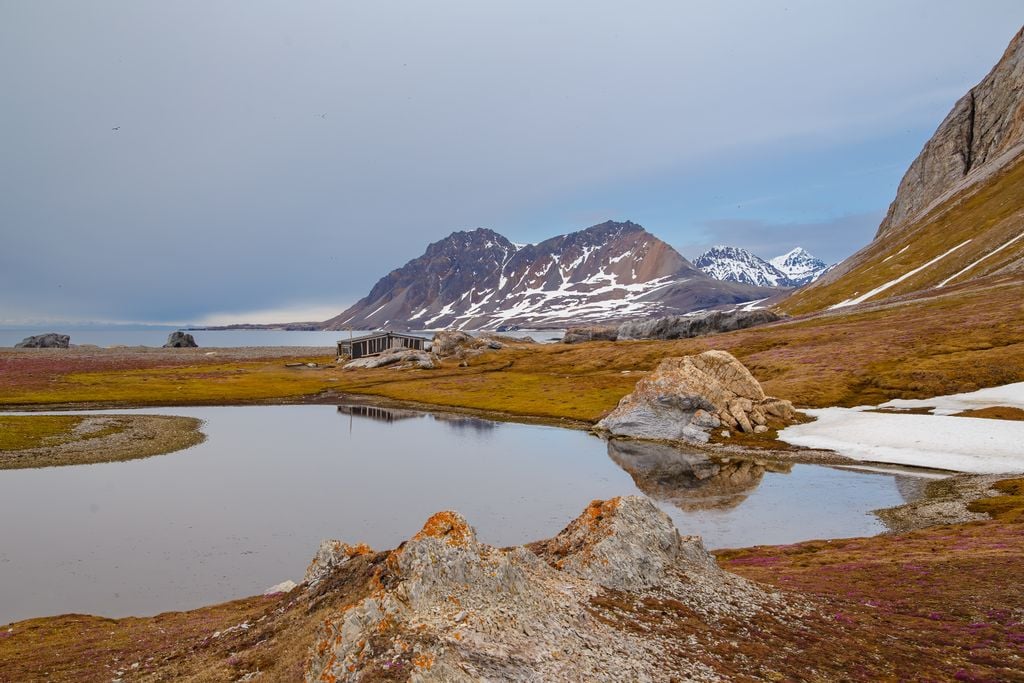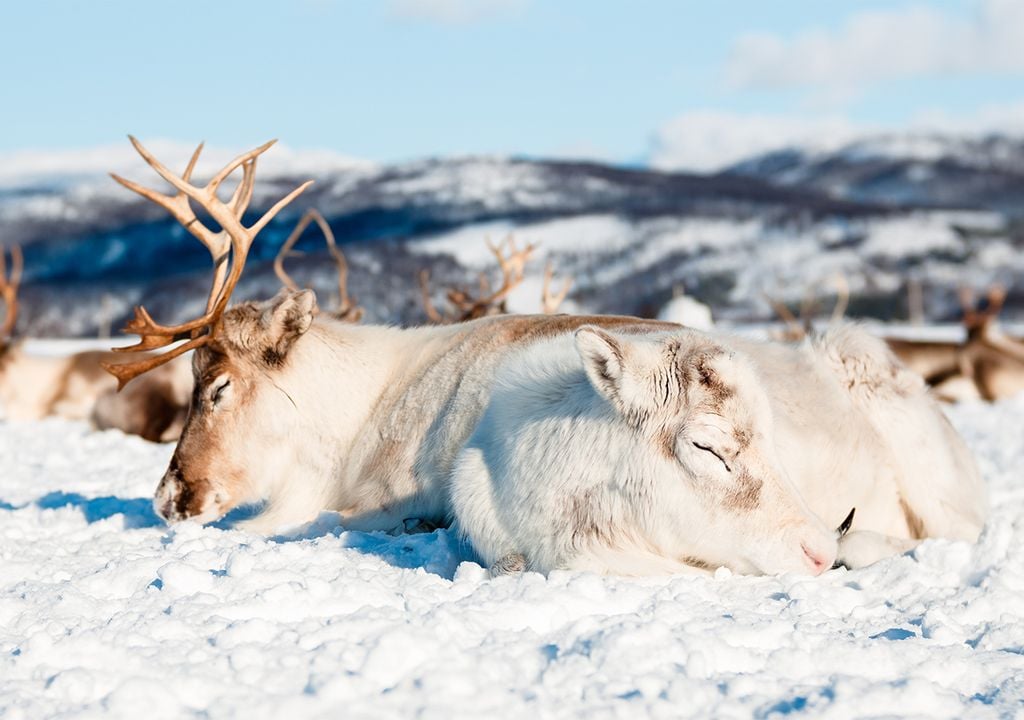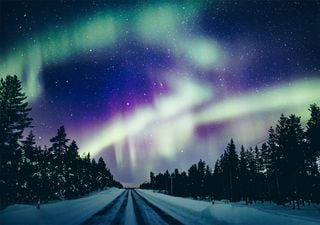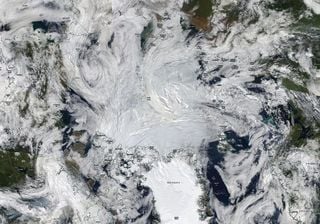Tree planting in the Arctic could increase warming rather than prevent it
Tree planting is not the ‘catch all’ solution to climate change that many would like it to be. Although trees provide many environmental benefits, planting trees simply isn’t suitable in all environments, and in some cases may actually exacerbate warming.

Tree planting is often considered the 'go to solution' for businesses and organisations attempting to lower their carbon footprint. There is a great risk of becoming over dependent on planting new trees to sequester carbon, rather than diversifying our sequestration strategies, which will protect long term resilience of carbon sequestration strategies, as well as support biodiversity.
In addition to the risk of becoming overly dependent on a single strategy, it is also the case that planting trees is simply not suitable in all environments. Researchers from Aarhus University, Denmark, recently found that rather than mitigating global warming, planting trees in the arctic could actually increase warming.
The Arctic environment
The environment of the Arctic is known as the tundra. This means that generally it has very low temperatures and low precipitation, in effect a cold desert. As a result, the vegetation is largely limited to dwarf shrubs, grasses and sedges, lichens and mosses. The word itself ‘Tundra’ comes from the Finnish word ‘tunturi’ which means ‘treeless plain’. You may already be able to see the problem with attempting to plant trees here.
As it is, the Arctic tundra is a carbon sink, meaning it sequesters more carbon than it emits. In many other areas around the world, tree planting has become a popular way of attempting to sequester greater amounts of carbon than are being emitted, however, whilst this strategy has had some success elsewhere, it may be unsuitable in the Arctic.
Trees in the treeless plain
In addition to the climate and existing vegetational composition of the Arctic tundra, there are two key characteristics that further decrease it’s suitability for tree planting. Arctic permafrost, already at risk due to climate change, is highly sensitive to disturbance, and inhibits roots from reaching sufficient depths to support themselves. Permafrost is a highly valuable carbon store, with global warming threatening it’s capacity to store carbon due to it’s inability to reform fast enough after thawing over summer months due to rising temperatures.
Professor Jeppe Kristensen from Aarhus University says “Soils in the Arctic store more carbon than all vegetation on Earth. These soils are vulnerable to disturbances, such as cultivation for forestry or agriculture, but also the penetration of tree roots.”
In addition to protecting permafrost, there is also the albedo effect to contend with. The albedo effect is a phenomena whereby the light surfaces of snow and ice reflect radiation back into the atmosphere, and inhibit warming. The dark green vegetation of trees would upset this albedo affect in place in the Arctic by introducing darker surface colours which would absorb more heat energy, and amplify warming.
Kristensen continues “The semi-continuous daylight during the spring and early summer, when snow is still on the ground, also makes the energy balance in this region extremely sensitive to surface darkening, since green and brown trees will soak up more heat from the sun than white snow.”
If not trees, then what?
Diverse strategies are required to manage unique conditions of different environments. In this case, large herbivores such as reindeer could offer a suitable solution. Professor Marc Macias-Fauria, from the University of Cambridge’s Scott Polar Research Institute says “There is ample evidence that large herbivores affect plant communities and snow conditions in ways that result in net cooling. This happens both directly, by keeping tundra landscapes open, and indirectly, through the effects of herbivore winter foraging, where they modify the snow and decrease its insulation capacity, reducing soil temperatures and permafrost thaw.”

The use of large herbivores could also support biodiversity, a key measure in mitigating the impacts of climate change. Macias-Fauria also stresses the importance of working with local communities to implementing new strategies “Large herbivores can reduce climate-driven biodiversity loss in Arctic ecosystems and remain a fundamental food resource for local communities. Biodiversity and local communities are not an added benefit to nature-based solutions: they are fundamental. Any nature-based solutions must be led by the communities who live at the frontline of climate change.”
Source of the news
Kristensen, J.Å., Barbero-Palacios, L., Barrio, I.C. et al. Tree planting is no climate solution at northern high latitudes. Nature Geosci.








